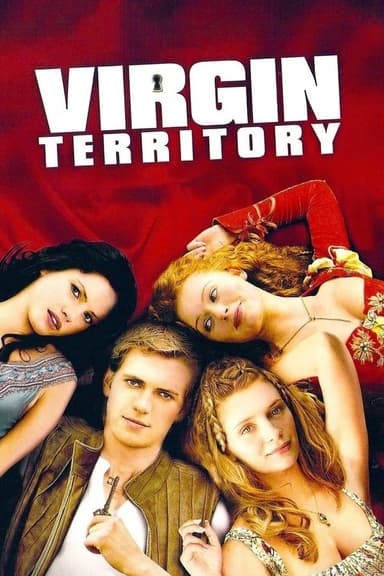
The Little Hours
2017 • Comedy • R
Garfagnana, Italy, 1347. The handsome servant Masseto, fleeing from his vindictive master, takes shelter in a nunnery where three young nuns, Sister Alessandra, Sister Ginevra and Sister Fernanda, try unsuccessfully to find out what their purpose in life is, a conundrum that each of them faces in different ways.
Runtime: 1h 30m
Why you should read the novel
If you enjoyed the wild humor and unpredictable antics of The Little Hours, reading The Decameron by Giovanni Boccaccio will offer a far richer tapestry of storytelling. This classic collection features witty, clever, and sometimes bawdy tales that have influenced world literature for centuries. The themes explored in the book range from love and luck to deception, set against the background of a plague-ridden Florence, offering history and depth the movie only hints at.
While The Little Hours loosely adapts just one of the many tales, The Decameron provides a panoramic view of medieval life, wit, and society. The original stories are full of irony and candid observations about human nature, giving you a broader understanding of the social and cultural setting from which the film draws inspiration. Each story stands on its own, crafted with intelligence and a mischievous sense of fun.
Exploring The Decameron means diving into the roots of comedic storytelling in Western literature. The book's vivid characters and sharp narratives elevate themes of love, folly, and morality in ways the film only scratches the surface. By reading the source, you'll discover the historical significance and literary artistry that make these tales timeless and endlessly enjoyable.
Adaptation differences
One of the main differences between The Little Hours and The Decameron lies in the scope and focus. The film is inspired by just a single story from Boccaccio's vast collection—specifically, the first tale of the third day—while the book comprises one hundred diverse tales, ranging in tone and theme. The movie narrows its lens to a small group of misfit nuns and a gardener, amplifying their escapades in outrageous, modern comedic fashion.
Another major divergence is the film's contemporary language and sensibilities. While The Decameron employs literary Italian and explores its subjects with subtlety and nuance, The Little Hours uses modern speech and explicit humor, intentionally creating comedic anachronisms. This approach changes the tone of the original tale, offering shock value and satire rather than the intricate irony and sly wit found in Boccaccio's writing.
Character development is also treated differently. In the film, the nuns are given exaggerated, almost caricatured personalities, which fuels the comedic narrative. In Boccaccio's version, characters are typically less fleshed out, serving more as vehicles for the moral or lesson of each story. The movie's irreverence and focus on individual quirks contrast with the book's broader social commentary and moral exploration.
Lastly, The Little Hours operates as a loose adaptation, not only updating behavior and dialogue but also inventing new plot events and dynamics. While Boccaccio's tale addresses hypocrisy and human weakness with subtlety, the film amplifies these elements into slapstick scenarios and over-the-top conflicts. This heightened absurdity marks a definite shift from the nuanced cultural critique embedded throughout The Decameron.
The Little Hours inspired from
The Decameron
by Giovanni Boccaccio








